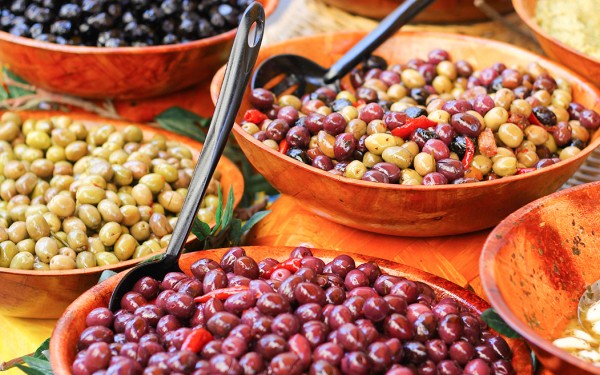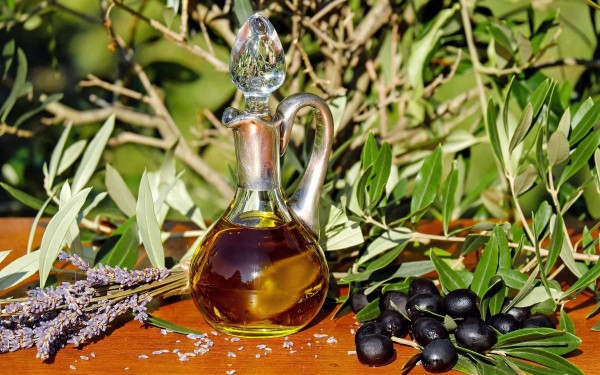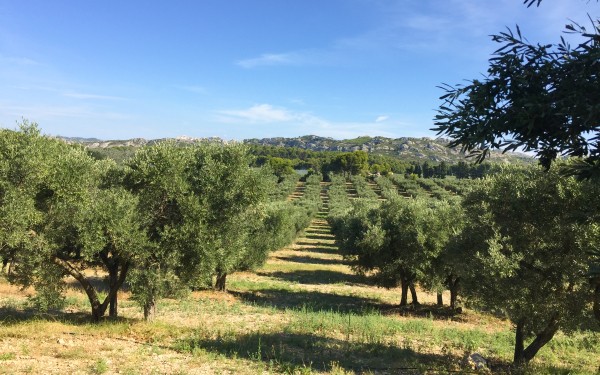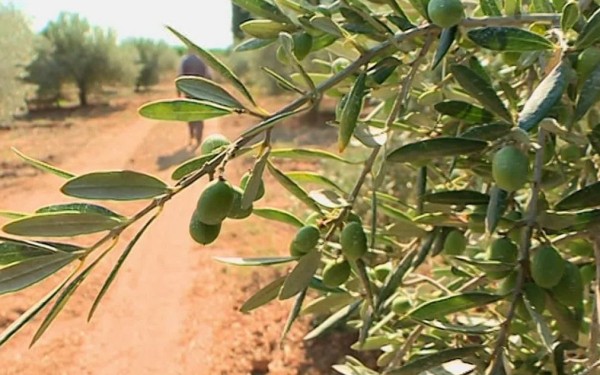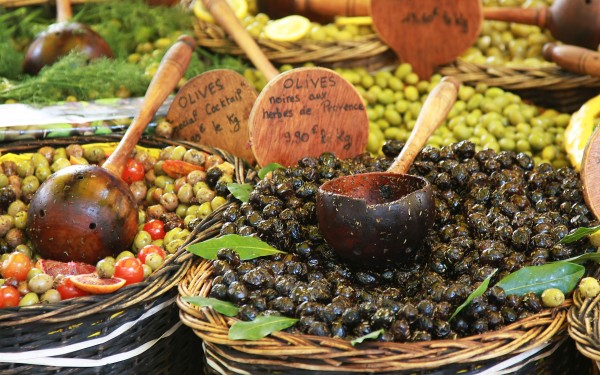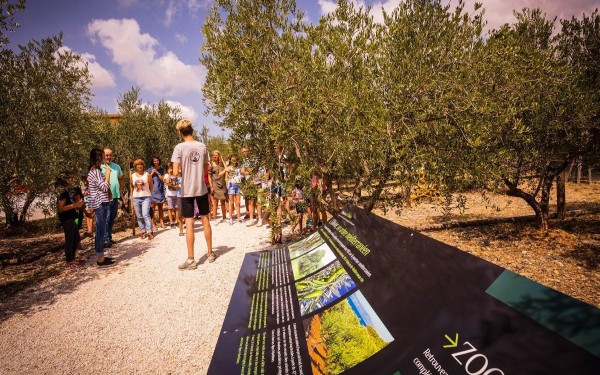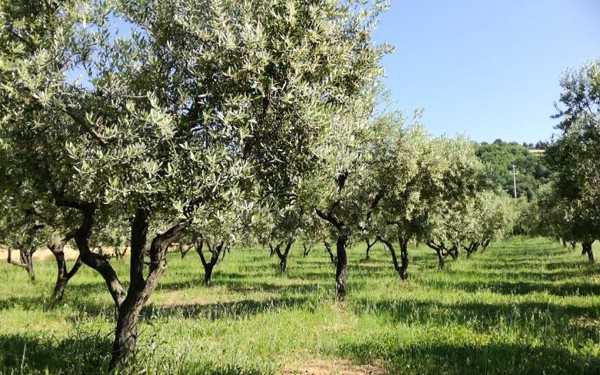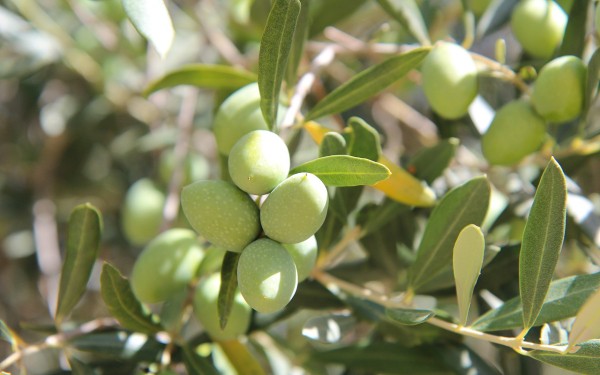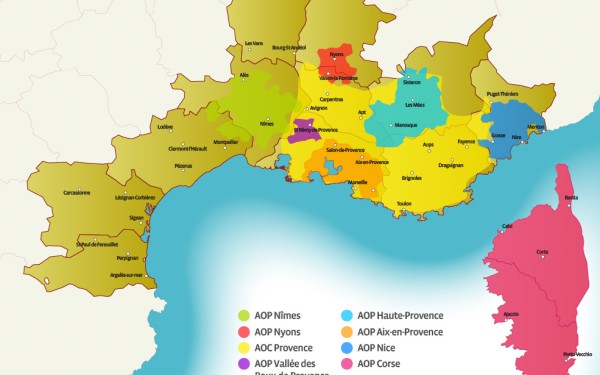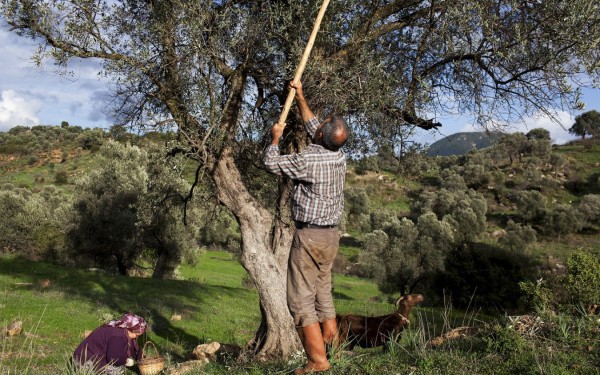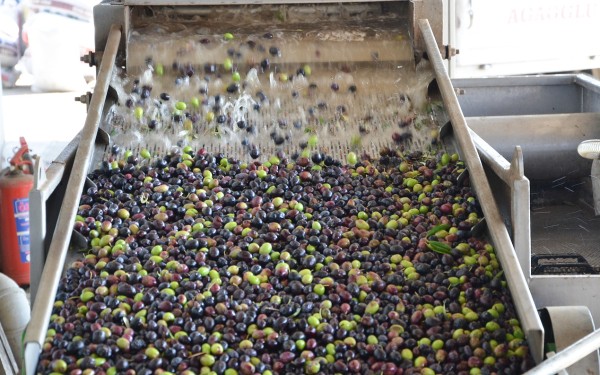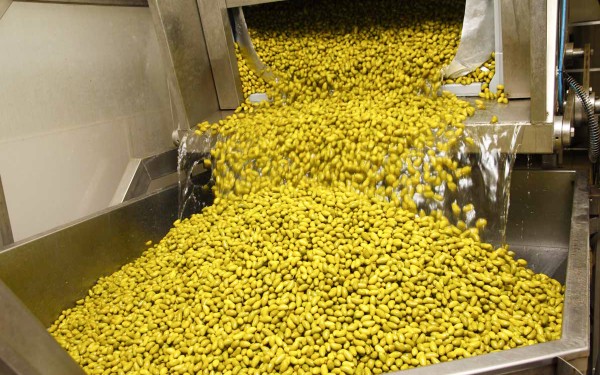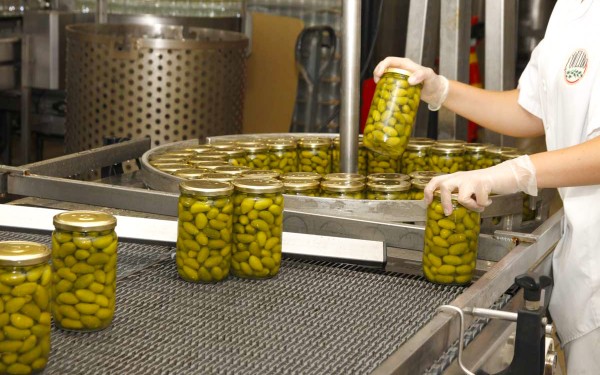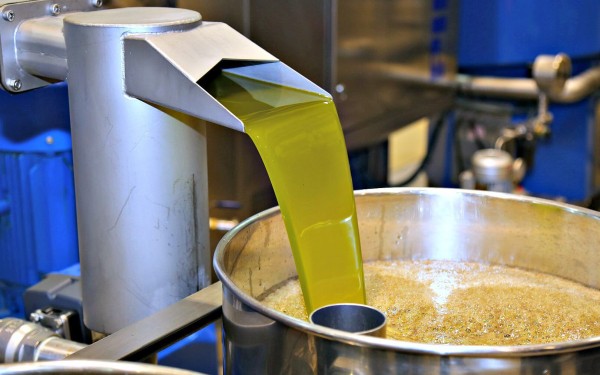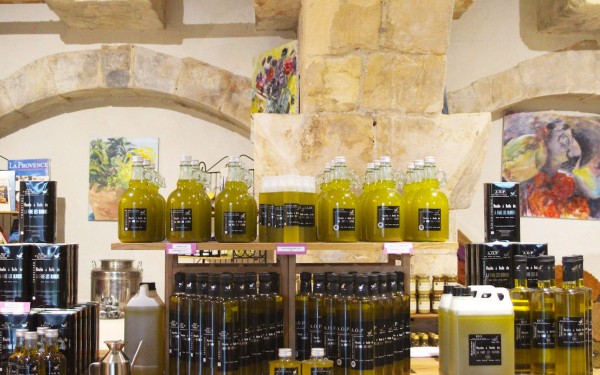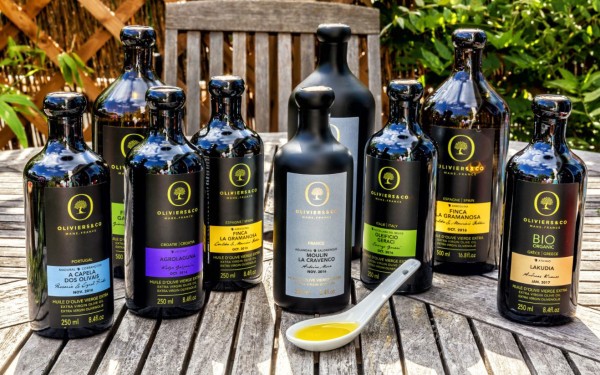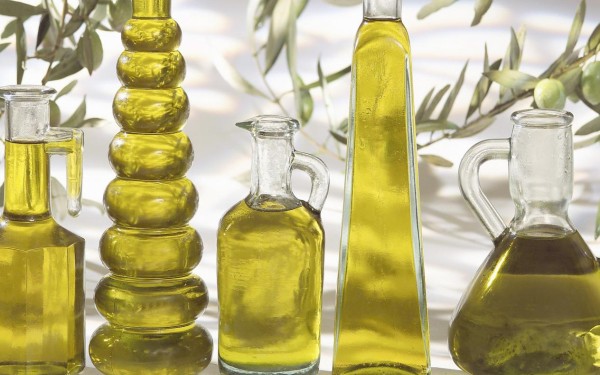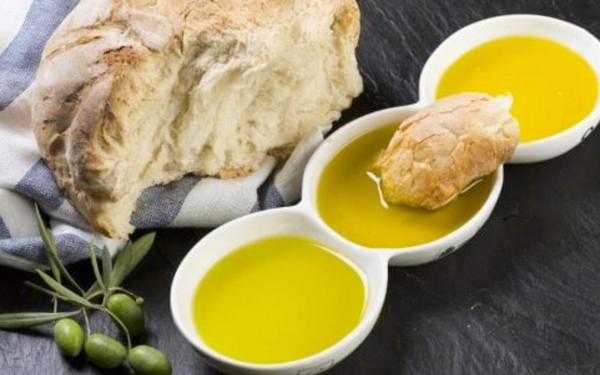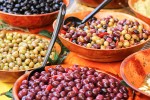
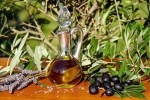
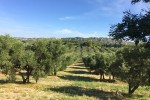
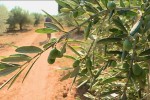
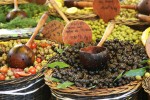

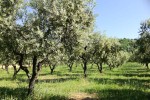
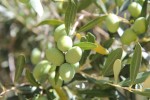
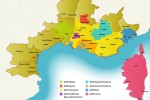
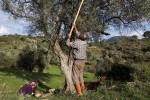
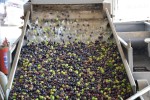
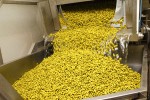
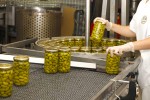
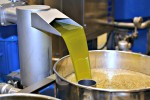
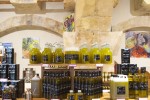

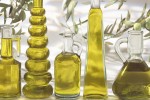
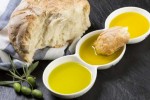
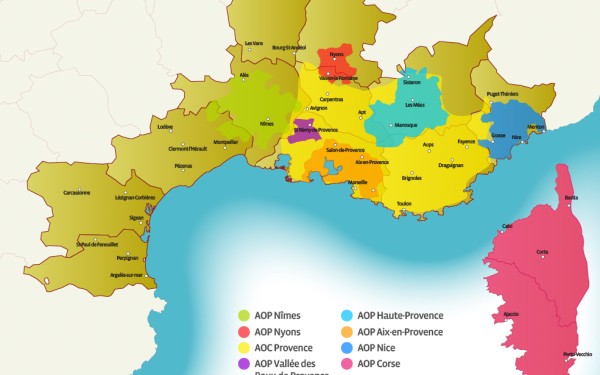
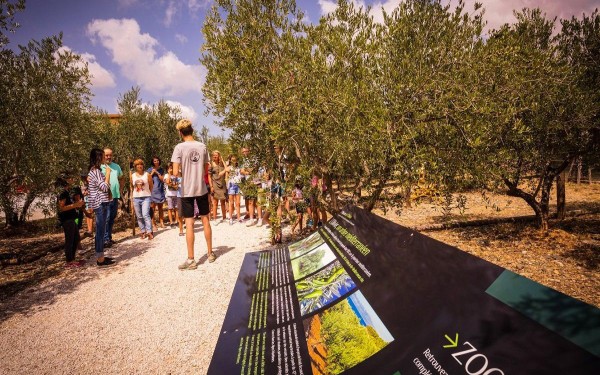
During your holiday in Provence or Languedoc you will definitely visit them: the cosy French markets. Everything is sold on these markets. Undoubtedly you can also buy olives, one of the specialties from the region. Often there are baskets full of green, black, marinated and unmarinated olives. The olive is inextricably linked to French cuisine. It is used with tapenades, salads, meat or fish. The olive itself is eaten and olive oil is extracted from the kernel and the flesh.
Olives around the Mediterranean
The olive trees are native to Armenia and have spread to Palestine in the past thousands of years and from there to other countries around the Mediterranean and America and Australia. Olives are widely grown in countries with a Mediterranean climate. The warm, dry summers and mild winters are needed by olives to ripen well and to achieve an optimal result.
Olive cultivation in France
The southern regions of France are the most important places for olives. Languedoc-Roussillon has the ideal climate for olive trees. The largest and most famous region for olives, however, is Provence. Olive cultivation is also becoming increasingly important in Corsica. Summers are hot and dry in all these areas and the soil is very calcareous.
As with wine growing, there are also quality marks for olive cultivation. Certain regions and olive groves have the AOC quality mark, which means that they belong at the top.
Olive varieties
There are more than 100 different types of olives in France. The main ones are: Aglandeau, Salonenque, Lucques, Negrette and Bouteillan. Each variety has its own unique taste. An olive tree grows into an evergreen tree with a height of about 9 meters.
In France there are mainly green and black olives. The yellow olives are more common in Australia and America. The black olives are softer and have a stronger taste. However, most of the black olives have been artificially blackened. This is done by immersing the green olives in a salt bath for about 6 hours. These olives can be recognized by their wrinkles because the olives are dehydrated by the salt bath.
Harvesting the olives
The olives are harvested in the autumn. In the Languedoc they are harvested around September and October, in Provence the harvest is in November and December. The time depends on the desired ripeness of the olives.
There are several ways to harvest the olives:
- Climb the tree with a bucket and remove the olives from the branches.
- A cloth or net can be placed under the tree after which the tree is shaken and beaten with sticks against the branches so that the olives fall from the tree into the net.
- Another way is to pull the olives out of the tree with rakes and drop them into the net under the tree.
- Machines are increasingly being used to harvest the olives. A wagon with rakes rotating on both sides of the olive tree ensures that the olives fall from the tree. They are then collected in a bin suspended below and emptied when full.
Processing of the harvested olives
After the olives have been harvested, they are placed in the water for several days. After which they go into a salt bath. Brining is the traditional method of preparation. The olives that were previously green are made black in a natural way. No dye is used in this manner. These pickled olives are more expensive than the factory produced olives because it requires more processing. Connoisseurs say that the pickled olives are tastier and fuller in taste. After all of this, the olives can be further processed. They can be preserved with garlic and bell pepper, after which they are served as an appetizer or a snack.
Pressing olive oil
The olives used to obtain olive oil undergo a different processing. They are pressed as soon as possible after they are plucked. The olives are first washed and then ground with kernels, so that the first oil enters the receptacles within 30 minutes. In order to get the best possible result, it should also be done as cold as possible. This is the first and the best pressing and it is how pure oil comes from olives. This ‘virgin’ olive oil is then ready for use in salads or dressings. It is also used in restaurants to flavour the dish or to dip bread in.
French indicate on the label what kind of oil it is. ‘Récolte précoce’ indicates that it is an early harvest and ‘Récolte tardive’ indicates that it is a late harvest. The fruitiness can also be named: ‘fruité vert’ is green fruitiness, ‘fruité mûr’ is ripe fruitiness and ‘fruité noir’ is black fruitiness. In that case, the olives undergo a fermentation process to obtain a special taste.
Applications with olives
Olive oil is good for health. It contains antioxidants and monounsaturated fatty acids. It also has a high vitamin E content. It prevents aging and lowers cholesterol. In addition, olive oil is used in the famous soaps from Marseille.

